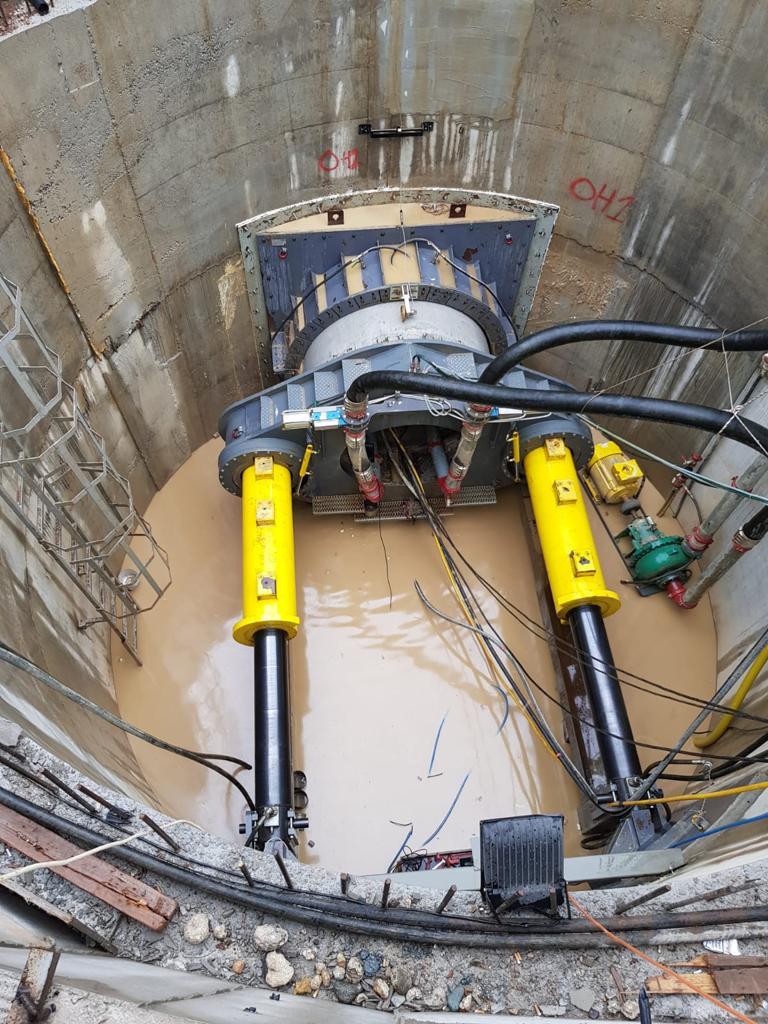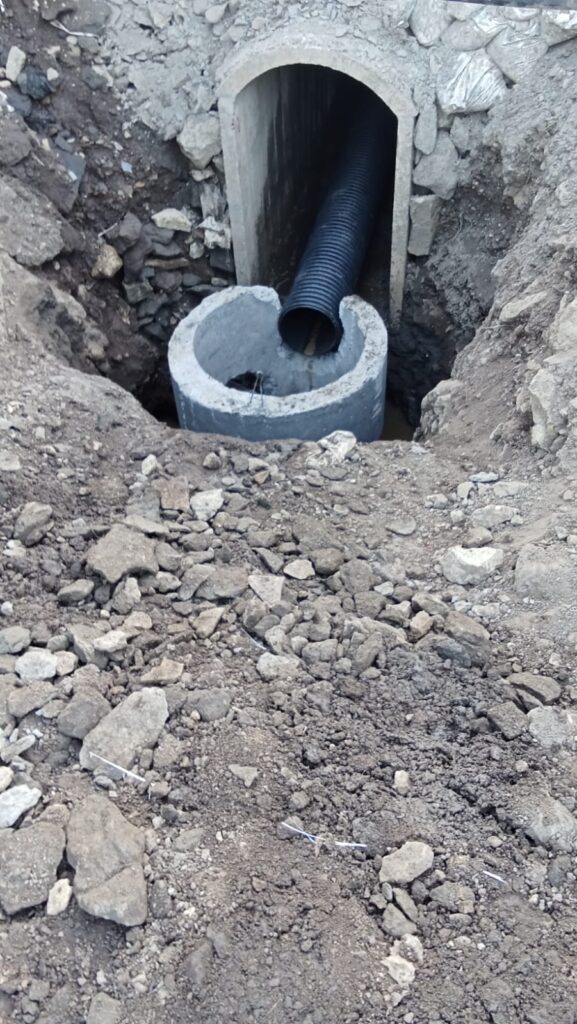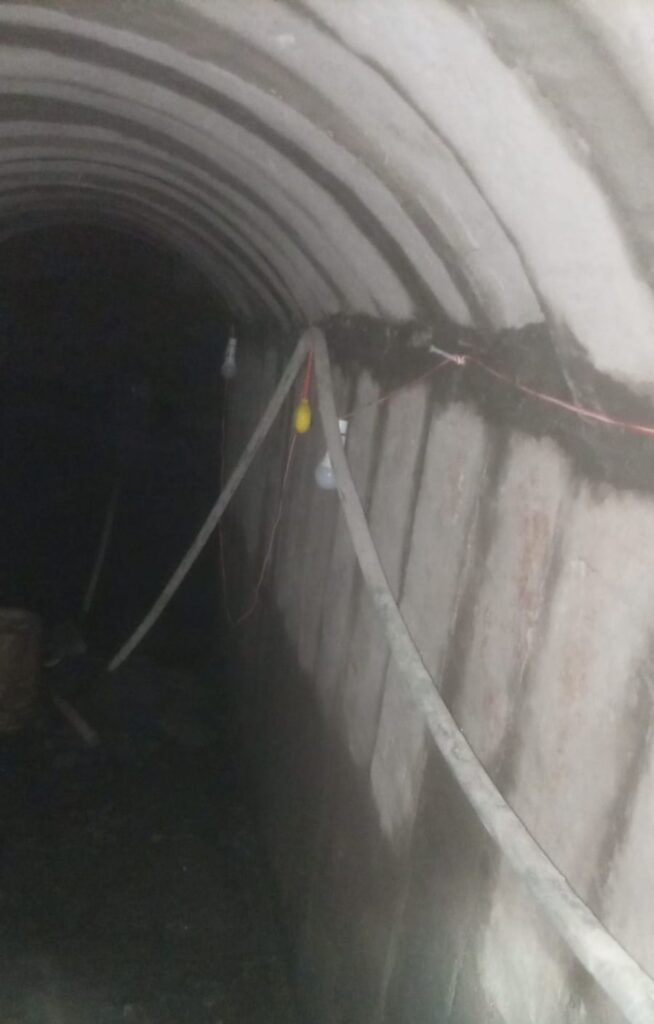

What are tunnels?
Tunnels are underground or enclosed passages or channels that are excavated through a variety of natural and artificial materials, including soil, rock, concrete, or even underwater terrain. They serve various purposes and are built for a wide range of applications. Here are some common types of tunnels and their purposes:
- Transportation Tunnels:
- Road Tunnels: These tunnels are built to allow roads or highways to pass through obstacles like mountains, rivers, or densely populated urban areas while minimizing the need for steep grades or surface disruptions.
- Rail Tunnels: Similar to road tunnels, rail tunnels allow trains to traverse challenging terrain or urban areas. They are crucial for efficient railway transportation.
- Water Tunnels:
- Aqueducts: These tunnels are designed to transport water from one location to another, often over long distances. They can be used for irrigation, drinking water supply, or industrial purposes.
- Water Diversion Tunnels: These tunnels redirect water from one river or reservoir to another for flood control, water storage, or hydropower generation.
- Mining Tunnels: Tunnels are commonly used in the mining industry to access mineral deposits underground. These tunnels can be extensive networks used for ore extraction, ventilation, and transportation.
- Utility Tunnels:
- Sewage and Stormwater Tunnels: These tunnels carry sewage and stormwater to treatment facilities or outfall points, helping to prevent water pollution and flooding in urban areas.
- Utility and Cable Tunnels: Utility tunnels are used to house and protect various utilities such as electrical cables, communication lines, and gas pipelines, reducing the risk of damage from external factors.
- Pedestrian and Transportation Tunnels: Some tunnels are built exclusively for pedestrians, cyclists, or public transportation systems like subways and light rail. These tunnels provide safe passage in urban areas.
- Hydroelectric Tunnels: Hydroelectric power plants often use tunnels to convey water from a reservoir or natural water source to turbines, generating electricity through the force of falling water.
- Military Tunnels: Military forces may construct tunnels for various purposes, including transportation, storage, and defensive positions. These tunnels can be underground bunkers, supply routes, or secret passages.
- Underwater Tunnels: Some tunnels are built beneath bodies of water, such as rivers, lakes, or seas, to facilitate transportation between land masses. Examples include underwater train tunnels and road tunnels like the Channel Tunnel connecting the UK and France.
Tunnel construction can vary significantly depending on factors like the tunnel’s purpose, location, and the geological conditions encountered during excavation. Methods used for tunnel construction include drilling and blasting, tunnel boring machines (TBMs), cut and cover techniques, and more. Tunnels play a critical role in modern infrastructure, allowing for efficient transportation, resource extraction, and the delivery of utilities and services while minimizing surface disruption and environmental impact.
